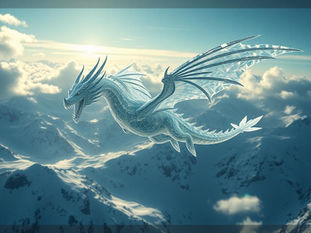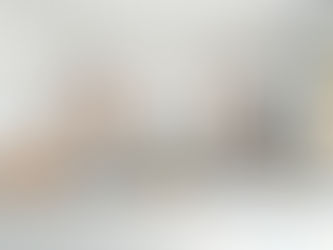
Exploring Film and Photography Styles for Midjourney Art
Apr 30
4 min read
0
18
0

Want to give your Midjourney images a unique look? One great way is to use film and photography styles in your prompts. This post explores several different styles you can try. They range from classic film types to special photo techniques.
We'll look at styles that create dreamy looks, vintage feels, and even abstract effects. All results shown in the video this post is based on were made with Midjourney V6, but you can use these ideas in other AI image tools too.
Infrared Photography
Infrared photography captures light the human eye cannot see. This results in striking images with a surreal, often dreamlike look. Trees and foliage usually appear white or bright red. Skies turn a deep blue. The overall image feels otherworldly.
Midjourney often adds trees when you use "infrared" in a prompt, likely because trees are common subjects in real infrared photos. This style is good if you want a unique, strange look and don't mind lots of plants in your images.
Kodak Portra 400 Film
Kodak Portra 400 is a popular film known for its natural, slightly warm colors and good contrast. It was a favorite for portraits and fashion photography. Images created with prompts using this film name often have a subtle vintage or nostalgic feel. The colors are pleasing and work well for many subjects.
Polaroid Emulsion Lift
This is a photo technique from the 1970s. It involves moving the top layer of a Polaroid print to another surface. This makes a unique, often distressed or textured effect. Images using this style look like old, sometimes damaged snapshots. The homes and people in these images can appear aged or in need of repair, adding to the distressed look.
Exploring different styles helps you find the perfect look for your art. The process can involve lots of trial and error. To make managing your Midjourney creations easier, check out the Midjourney Automation Suite from TitanXT. It helps streamline your workflow.
Bokeh Effect
Bokeh is about the look of the out-of-focus parts of an image. It's often shown as blurred circles of light. Photographers use shallow depth of field to create this effect, making backgrounds dreamy or soft. When you use "bokeh" in your prompt, Midjourney will strongly blur backgrounds and add those signature light circles. Sometimes it applies the blur very heavily.
Double Exposure
Double exposure is a technique where two images are combined onto a single frame. This creates a layered effect. It's a fun style for Midjourney as it generates interesting, often surreal images. A common result is combining a person's profile with a nature scene. Midjourney often leans toward this combination when this style is used.
Cyanotype
Cyanotype is an old photo printing process from 1842. It's known for its distinct blue and white look. All images using this style word will have deep blue tones. Even though it's an old process, using "cyanotype" doesn't necessarily make subjects or buildings look old-fashioned. The images often have a distressed or slightly grungy feel.
Expired Film
Using expired film in real photography gives unpredictable results like color shifts, grain, and light leaks. In Midjourney, prompts with "expired film" create images with muted colors and a vintage look. They can appear faded and sometimes a bit grungy. Compared to just "vintage color film," expired film results look more worn and faded.
Stereoscopic Imaging
Stereoscopic imaging, also called 3D imaging, makes a 3D effect by showing two slightly different 2D images. This mimics how our eyes see depth. Images created this way look like they pop out. Midjourney might try to use red and blue offsets, or it might add red and blue details within the image instead. Subjects might even appear to be wearing glasses.
Agfacolor Film
Agfacolor was a film used in the 1930s for slides and documentaries. In Midjourney, it gives results similar to Kodak Portra 400 but with colors that are slightly more muted. Images often have warm tones and show classic vintage decor.
Understanding Film Types in Midjourney
Many different film type names can give similar results in Midjourney. They might all show a classic film quality. What can matter more is how a specific film type name influences the content of the image itself. Think about the kinds of photos commonly taken with that film and the time period it was popular. This can change the details Midjourney adds, like clothing or building styles.
If you find it hard to get the same look across different prompts, using image references for style can help. This gives Midjourney a visual guide for the aesthetic you want.
Trying all these prompt variations helps you master Midjourney. If you want to experiment with countless styles and subjects more easily, check out the Midjourney Automation Suite from TitanXT to manage your prompting process efficiently.
Ready to Experiment?
Experimenting with these film and photography styles can greatly change the look of your Midjourney images. Whether you want a dreamy landscape, a vintage portrait, or a distressed scene, there is a style here to help you create it.
Give these styles a try and see how they inspire your next creations. Exploring different artistic directions is part of the fun. For more help organizing and running many prompts, look into the Midjourney Automation Suite from TitanXT.






